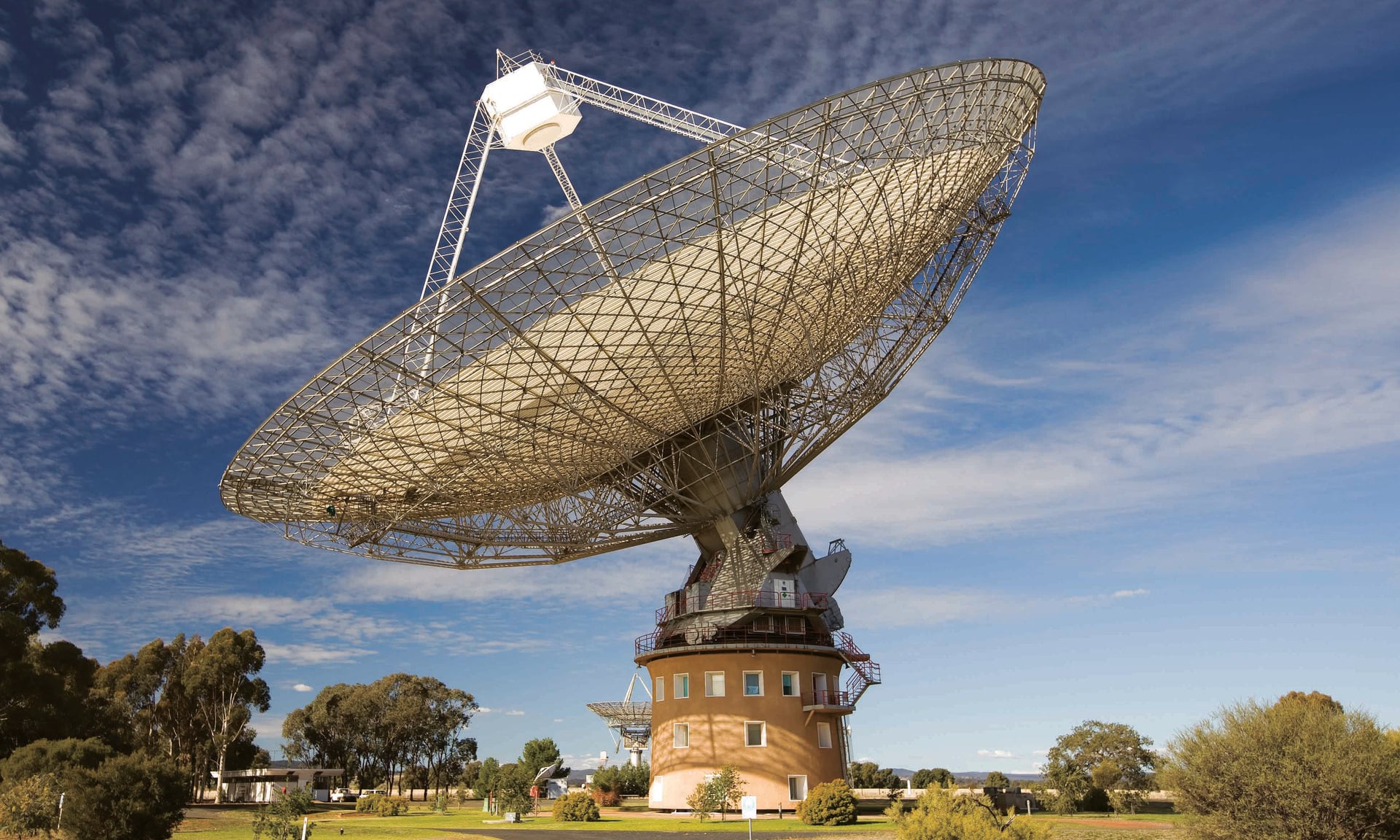We live in an exciting time of technological innovation and breakthroughs in astronomy, cosmology, and astrophysics. This is similarly true for the Search for Extraterrestrial Intelligence (SETI), which seeks to leverage advances in instrumentation and computing to find evidence of "technosignatures" in the Universe. While the scope has expanded considerably since Cornell Professor Frank Drake and colleagues conducted the first SETI experiment over sixty years ago (Project Ozma), the vast majority have consisted of listening to space for signs of possible radio transmissions.
A prime example is Breakthrough Listen (BL), a project launched by Breakthrough Initiatives in 2016 and the largest SETI experiment ever mounted. BI combines radio observations from the Green Bank Observatory and the Parkes Observatory with visible light observations from the Automated Planet Finder. In a recent study, an international team of astronomers examined 27 exoplanets selected from the Transiting Exoplanet Survey Satellite (TESS) archive and examined them for signs of artificial radio signals that went silent as they passed behind their stars.
The study was led by Rebecca Barrett, a SETI researcher and recent Masters of Science (Astrophysics) graduate from the University of Southern Queensland (UniSQ). She was joined by researchers from the UniSQ Center for Astrophysics, the SETI Institute, the Berkeley SETI Research Center, the Commonwealth Scientific and Industrial Research Organisation (CSIRO) Astronomy and Space Science, the Centre for Astrophysics and Supercomputing(CAS) at the Swinburne University of Technology, the International Centre for Radio Astronomy Research (ICRAR), and the Square Kilometer Array Observatory (SKAO).
The field of SETI has grown considerably in the past six decades, reflecting our expanding knowledge of the cosmos and astrophysical phenomena. Per the NASA Technosignature Report (released in 2018), the list of potential technosignatures includes gravitational waves (GWs), neutrinos, directed energy (optical communications or propulsion), and more. Nevertheless, surveys in the radio spectrum are still at the forefront of SETI investigations because the technology has a proven track record as a cost-effective means of communication. Moreover, radio waves are easily detected since they experience minimal scattering as they pass through planetary atmospheres and the interstellar medium (ISM).
The field has also been bolstered by the spate of exoplanet discoveries that have taken place in the past twenty years. To date, more than 5,900 exoplanets have been confirmed in over 4,400 planetary systems, with thousands more awaiting confirmation. For their study, the team carefully selected a frequency band of radio data from a large set of observations made by BI from 2018 to 2022. The team ensured that these observations' field of view (FoV) corresponded to a selection of 27 confirmed and candidate exoplanets detected by NASA's Transiting Exoplanet Survey Satellite (TESS).
Specifically, the team looked for indications of potential radio signals that were interrupted as these planets passed behind their respective stars (occulted). As Barrett told Universe Today via email:
Occultations could provide a unique opportunity to search for and localise technosignatures. Hypothetically, if a transmitting exoplanet were to pass behind its host star, the signal should be interrupted, resuming when it re-emerges. A signal could thus potentially be isolated from the surrounding noise and RFI by subtracting emission received from the system during eclipse from emission during transit. This concept will be explored in future works.
Using occultations to detect and confirm targets for SETI technosignature searchers has gained popularity in the last decade. However, the focus has been on planet-planet occultation and signal spillover, whereas Barrett and her colleagues explored planet-star occultation. Their work was based on Barrett's 2023 Master's thesis, which established the first limits using targets of interest (TOIs) designated by TESS. Unfortunately, all 27 TOIs were attributed to radio frequency interference (RFI), ruling out the possibility of technological activity.
 Murriyang, CSIRO's Parkes radio telescope at the Parkes Observatory.
Murriyang, CSIRO's Parkes radio telescope at the Parkes Observatory.
Nevertheless, this study is the first case where planet-star occultations were used for technosignature searches and will serve as a benchmark for similar SETI surveys in the near future. Said Barrett:
I personally plan to commence a PhD in 2026, where I hope to continue developing tools that will aid in the search for intelligent life. I was very fortunate to work alongside some of the leading experts in the field during this project, and will undoubtedly do so again in the future! I would hope that this work could inspire further SETI investigations toward exoplanets during occultation and help spur the development of an efficient method for isolating unique emissions that could be applied as a background check in mainstream transiting exoplanet surveys.
The preprint of their paper was published online by the University of Cambridge Press and is being reviewed by the Publications of the Astronomical Society of Australia.
Further Reading: arXiv

